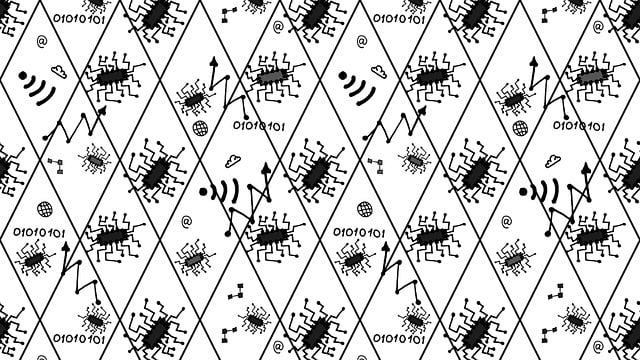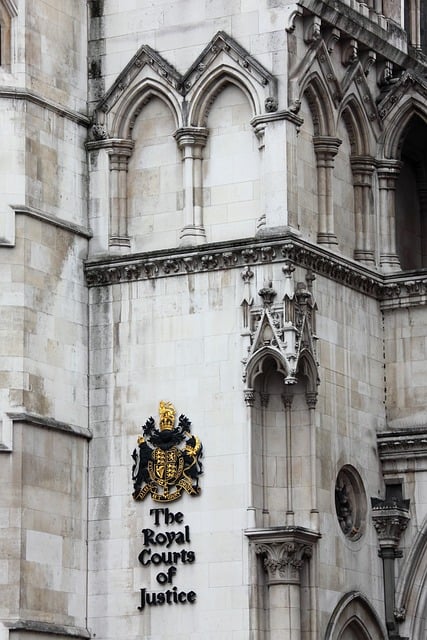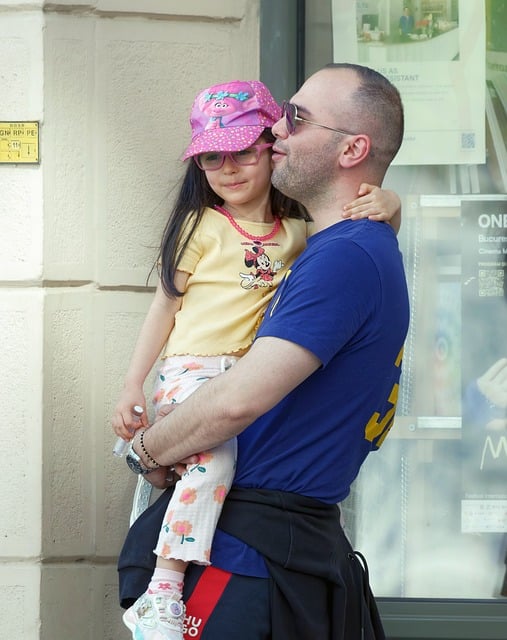In today's digital age, advanced image search tools empower users to uncover individuals' online identities by simply uploading or providing a photo. These tools traverse vast online landscapes, revealing social media profiles, forums, and professional websites, especially useful for those with common names or privacy concerns. Methods include Google Lens, TinEye, and built-in social media capabilities, ensuring comprehensive searches. Ethical considerations, like consent and data protection regulations, are crucial, as digital information blurs private and public boundaries. A strategic approach involves systematic steps: gather shared photos, perform reverse image searches, verify emails, cross-reference social media profiles, and use people search engines for a holistic understanding of an individual's digital footprint. This technique has proven effective in law enforcement and marketing, enhancing investigations and campaigns respectively through accurate email search capabilities.
In today’s digital age, a simple image can reveal more about an individual than you might think. Discover the power of photo searches to uncover online identities and hidden profiles. This comprehensive guide explores how to leverage tools and techniques for effective image-based research while navigating ethical boundaries. Learn about privacy concerns, obtain consent, and follow a step-by-step process to find online presences, complete with real-world applications and success stories. Uncover the unseen with email search capabilities.
- Understanding the Power of Image Search
- Tools and Techniques for Photo-based Online Research
- Ethical Considerations: Privacy and Consent
- Step-by-Step Guide to Finding Online Identities
- Real-world Applications and Success Stories
Understanding the Power of Image Search

In today’s digital age, shared photos hold a treasure trove of information about individuals, often more than what meets the eye. Utilizing advanced image search tools, you can uncover an individual’s online presence by simply uploading or providing a photo. This powerful technique has become an invaluable asset for various purposes, from simple curiosity to professional background checks. With just a single image, search engines can navigate vast online landscapes, revealing social media profiles, forums, and even professional websites connected to the subject.
The beauty of this method lies in its ability to bypass traditional name or email searches. Many people have multiple accounts under different names or choose not to disclose their personal information publicly. However, shared photos act as unique identifiers, ensuring a more comprehensive search that can bridge these gaps. This technique is particularly useful when researching individuals who may be cautious about sharing personal details online or those with common names, where traditional searches often yield few results.
Tools and Techniques for Photo-based Online Research

In today’s digital age, shared photos offer a unique window into someone’s online presence. To leverage this effectively, individuals can employ various tools and techniques tailored for photo-based online research. One powerful method is to perform an email search using reverse image recognition tools like Google Lens or TinEye. By uploading or pasting the photo URL, these tools scour the internet for similar images and associated data, including potential social media profiles, forums, or websites where the individual may be active under different names.
Additionally, social media platforms themselves often have built-in reverse image search capabilities. Platforms like Facebook, Instagram, and Twitter allow users to upload photos to find similar images on their networks, potentially revealing accounts that share the same pictures or visual aesthetics. This multi-platform approach ensures a comprehensive search, enhancing the likelihood of uncovering hidden online identities and digital footprints.
Ethical Considerations: Privacy and Consent

When using shared photos to track down an individual’s online presence, it’s crucial to navigate the ethical landscape surrounding privacy and consent. The digital age has brought about a blurred line between personal and public information, but it remains important to approach this method with caution. Sharing personal photos is often done with the assumption that they will remain within a specific circle of friends or family, making the repurposing of these images for external purposes a sensitive issue.
Obtaining consent from individuals whose photos you intend to use for online presence tracking is an essential step. This involves communicating transparently about your intentions and ensuring they are comfortable with their images being used in this manner. Moreover, respect for privacy means adhering to legal boundaries, such as those set by data protection regulations, which vary across jurisdictions but generally mandate explicit consent for the processing of personal data, including visual content. Using email search tools or other methods to find associated online accounts without prior consent can be a breach of trust and potentially illegal, underscoring the need for ethical guidelines in digital investigation practices.
Step-by-Step Guide to Finding Online Identities

Step-by-Step Guide to Finding Online Identities
1. Gather Shared Photos: Start by collecting photos that have been shared online, either through social media platforms or other public forums. Utilize reverse image search tools like Google Images or TinEye to find similar or identical photos posted on various websites.
2. Email Search and Verification: Once you’ve located a photo on a website, use the email address associated with that site (if available) to perform an email search. Tools like Hunter.io, VoilaNorbert, or Email Finder can help identify valid email addresses. This step is crucial as it allows you to verify if the online presence belongs to the same individual.
3. Cross-Reference and Social Media: After confirming the email, use it to search for social media profiles on platforms like Facebook, Instagram, LinkedIn, or Twitter. Sometimes, people use consistent email addresses across different sites, making it easier to connect their online identities.
4. Deepen Your Search: If the initial searches yield limited results, try using the full name, aliases, and other unique details found in the photo metadata (if accessible). This can help uncover additional profiles or accounts associated with the same individual.
5. Utilize Online People Search Engines: There are dedicated people search engines like Whitepages, Spokeo, or Pipl that aggregate data from various sources, including social media and public records. These tools can provide a comprehensive overview of an individual’s online presence.
Real-world Applications and Success Stories

In real-world applications, the practice of using shared photos to uncover online identities has proven invaluable for various purposes. For instance, law enforcement agencies often employ this technique during investigations to track down individuals involved in criminal activities. By cross-referencing digital images from social media and other platforms with databases of known criminals, they can quickly identify and locate suspects, enhancing their ability to enforce the law effectively.
Success stories abound in the business world as well. Marketing professionals utilize email search tools integrated with photo recognition technology to gather insights into consumer behavior. By analyzing shared photos on public platforms, companies can understand customer preferences, track brand mentions, and even locate potential influencers. This approach has led to more targeted marketing campaigns, improved customer engagement, and, ultimately, increased sales for numerous businesses.














